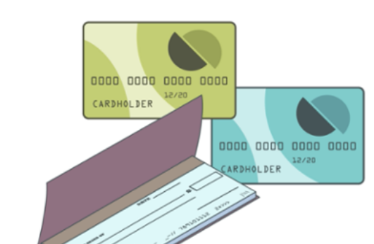This article focuses on gender-based financial inequalities in the healthcare insurance industry. It further states that the intricate designs of various insurance policies mean that women end up paying more in most cases, resulting in more out-of-pocket costs. The purpose of the article is to present a thorough examination of these differences.

Sector of Healthcare Insurance
In the health insurance sector, there is a notable financial resource gap between men and women. As stated in a report circulated by Deloitte, even after excluding maternity expenses, women pay $15.4 billion more than men each year in direct medical costs. All this despite the fact that these women often pay equivalent insurance premiums.

Why Are Healthcare Costs Higher for Women?
Higher Utilization of Healthcare Services:
Women utilize healthcare services more than men. Reproductive health issues, such as annual check-ups, gynecological visits, and screenings, influence the use and cost of healthcare. In most cases, more visits and medical services mean more spending for the patient.
Lower Actuarial Values for Women:
Actuarial value also refers to cost sharing in simplified language, the meaning being the portion of a healthcare cost an insurance will pay. Women often pay the same insurance premiums as men yet get lower actuarial values. In this case, the actuarial value is that portion of health expenses that the insurance pays for a woman. The insurance may, for example, pay for a mammogram, but when a woman needs a follow-up, and that is not included in the initial coverage, most copays and deductibles are paid by the woman.
Out-of-Pocket Costs Beyond Maternity Care:
Although maternity care is a commonly identified essential component of healthcare costs for women, it is not the only area with a significant cost burden since various other services often used by women, such as mental health, radiology, emergency services, and physical therapy, all add up. These other costs also increase with time, resulting in women experiencing an even wider gap in financial burden than men.
Higher Deductibles and Copays:
Women tend to hold jobs that offer more part-time work or inferior health insurance, which leads to greater out-of-pocket expenses due to high deductibles and copays. This increases the cost, thereby adding a financial advantage to men in the same position.

Financial Burden in Healthcare
Considering the higher healthcare advantages enjoyed by women in relation to their actuarial values, they end up in a position of financial risk. They have to make trade-offs between obtaining medically necessary services and economic considerations. Failing to access health services because they are too expensive may often result in more severe health conditions and more significant costs later. This is not only a threat to women’s economic power but also poses a threat to women’s well-being in the long term.
Conclusion
The financial disparity in insurance premiums between males and females is a complex issue that cannot be attributed to gender. Women pay more than men due to insurance design rather than risk levels. A solution could be achieved by ensuring women's employers, insurance companies, and policymakers work together to provide appropriate warranties without exploitative financing.





